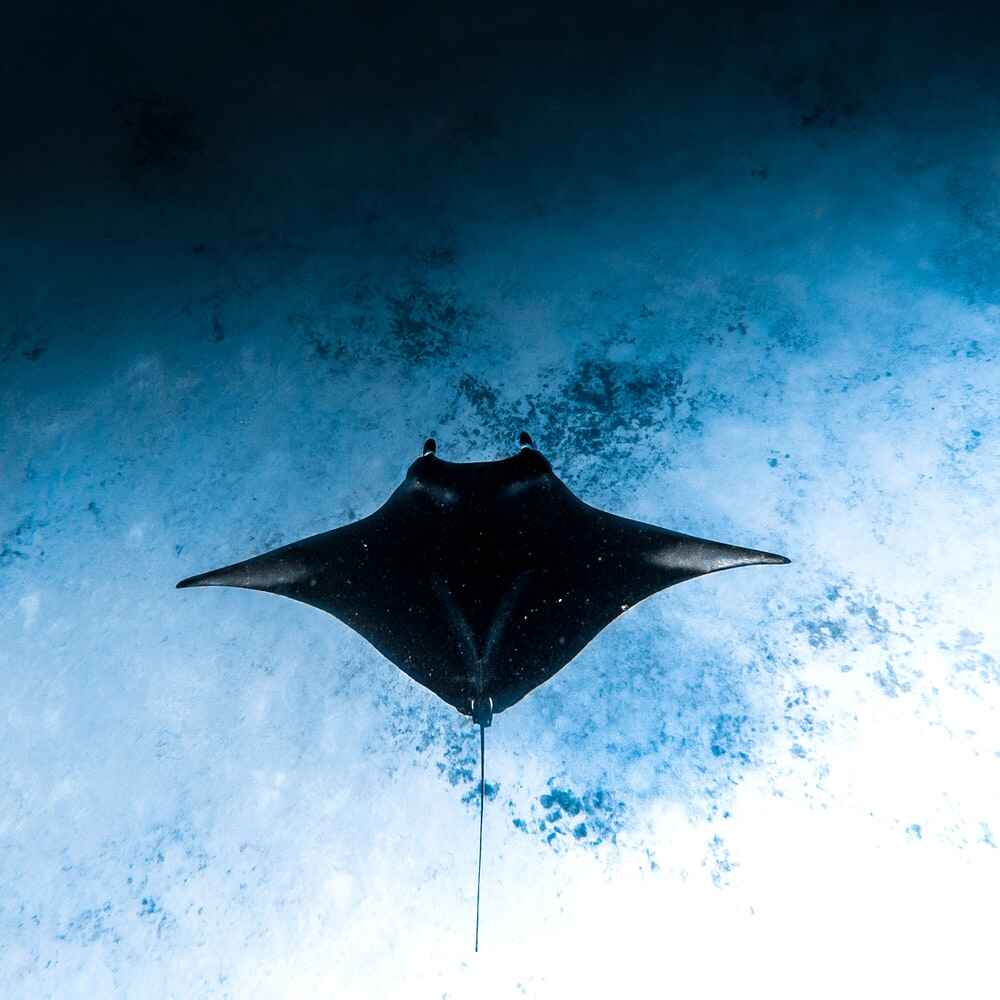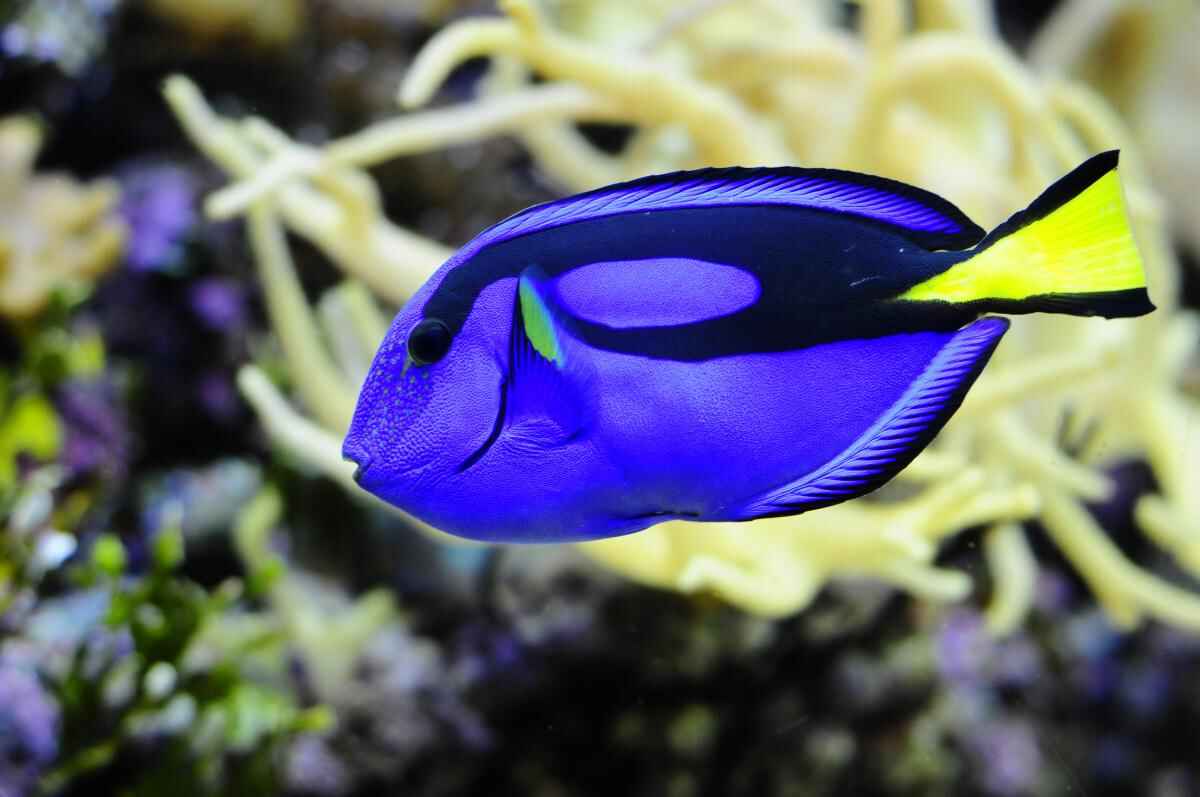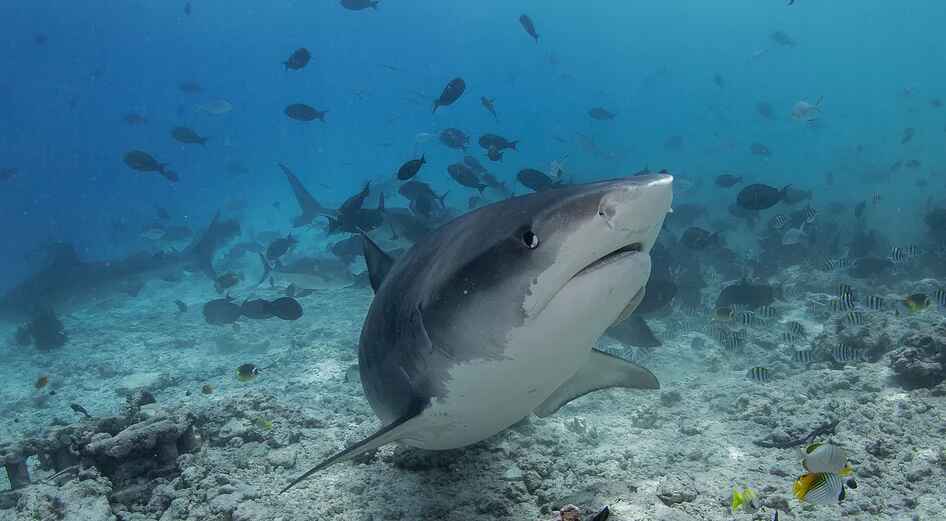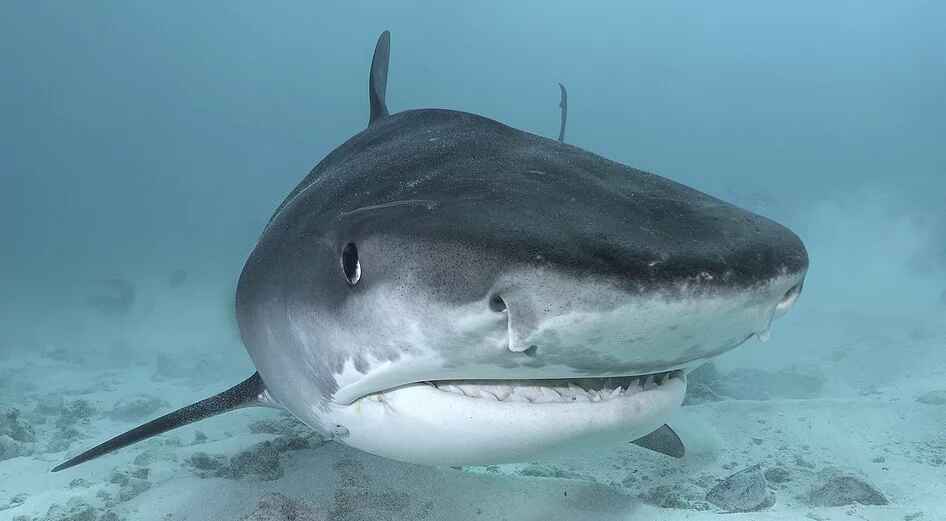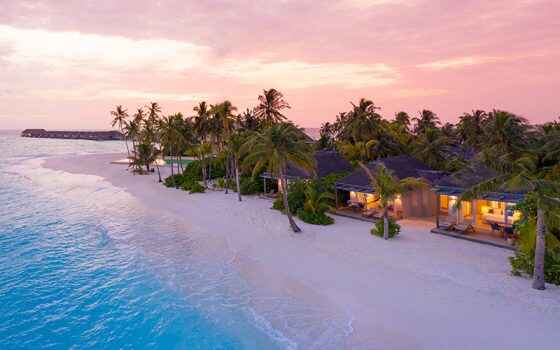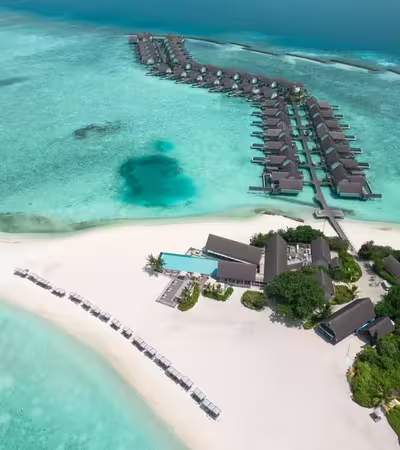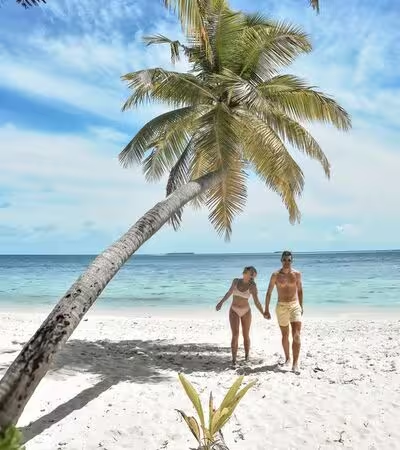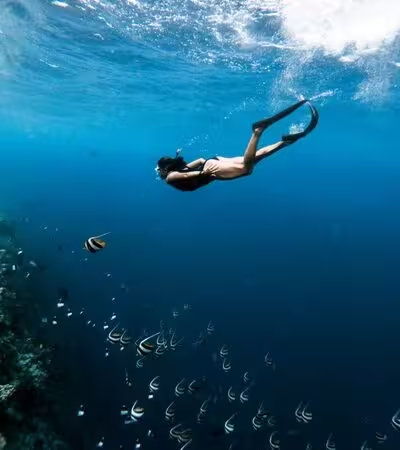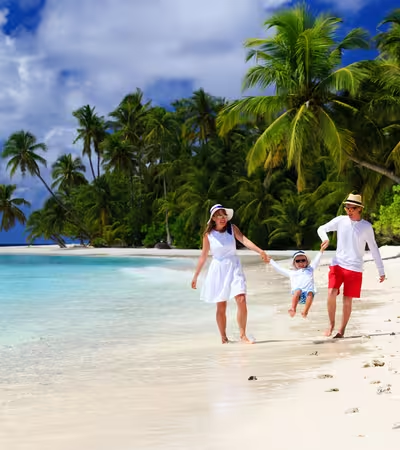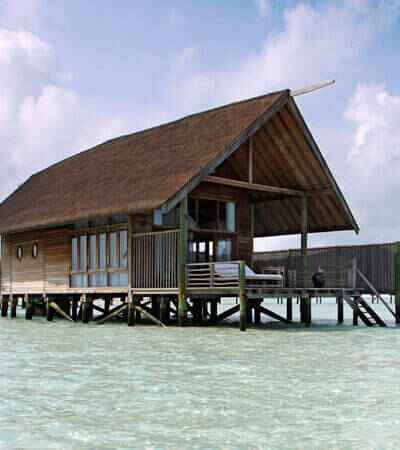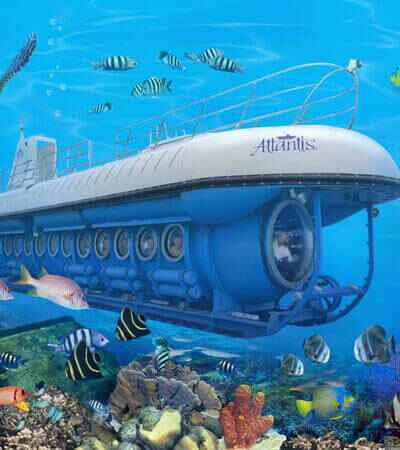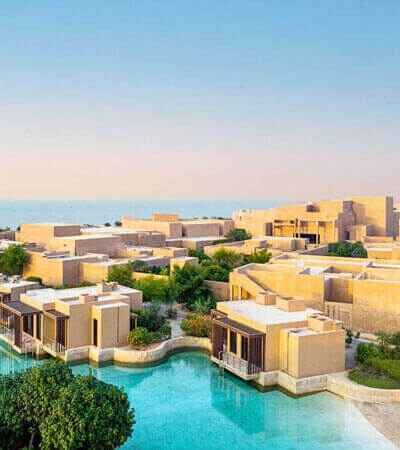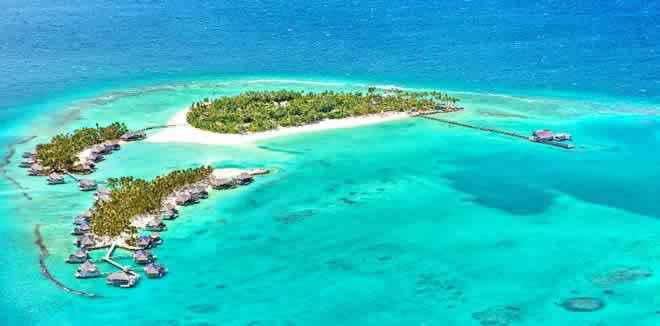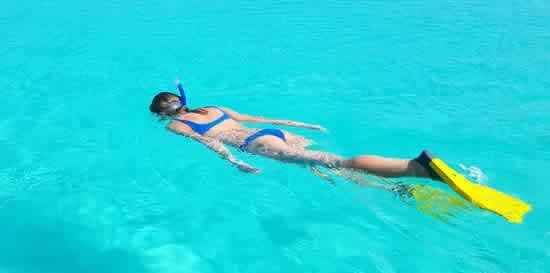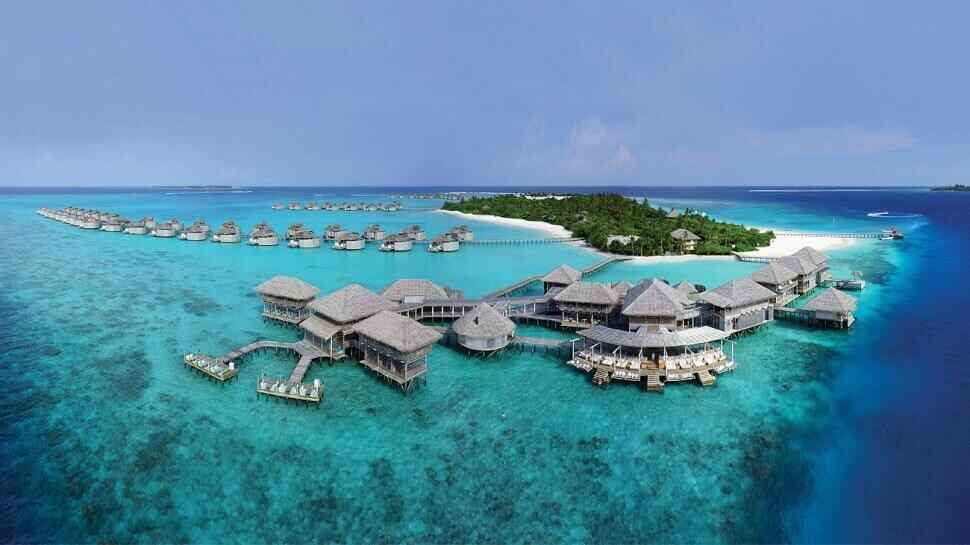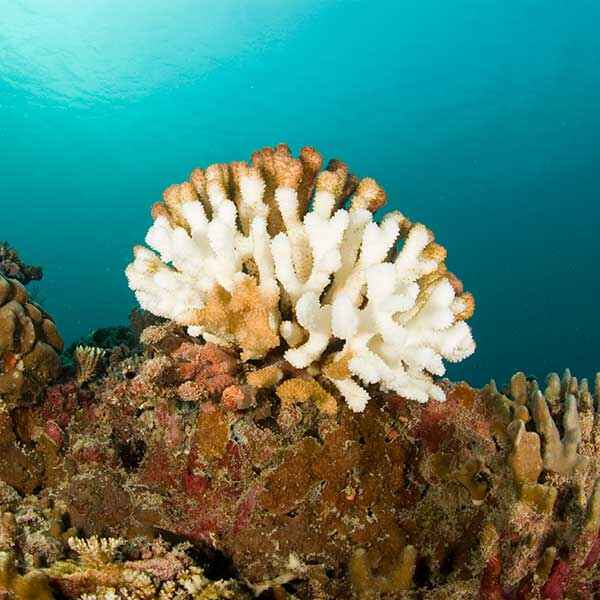
The most diverse marine ecosystem, coral reefs Maldives, make up the whole land mass of the Maldives. Diverse degrees of variety, from planktonic creatures to sharks, have been found to coexist on coral reefs. Corals and fishes are the main species on reefs. Both of these contribute significantly to the variety of coral reefs .
A dazzling array of other organisms are linked with reefs, making them one of the most diverse and species-rich regions in the marine environment today, despite the fact that corals are the main organisms that make up the basic reef structure. Coral reefs are home to almost all phyla and groups of organisms best house reefs maldives.
The Maldives' natural and cultural heritage depend heavily on the sea environment. Marine habitats and resources are essential to the nation's sustainable development since they provide food, building supplies, and a wide range of other goods. The coral reefs of the Maldives are reputed to be of outstanding aesthetic quality and to be in a reasonably pristine state. However, negative consequences may be seen sooner rather than later due to rising environmental pressures and sensitivity best in maldives.
What is Coral?
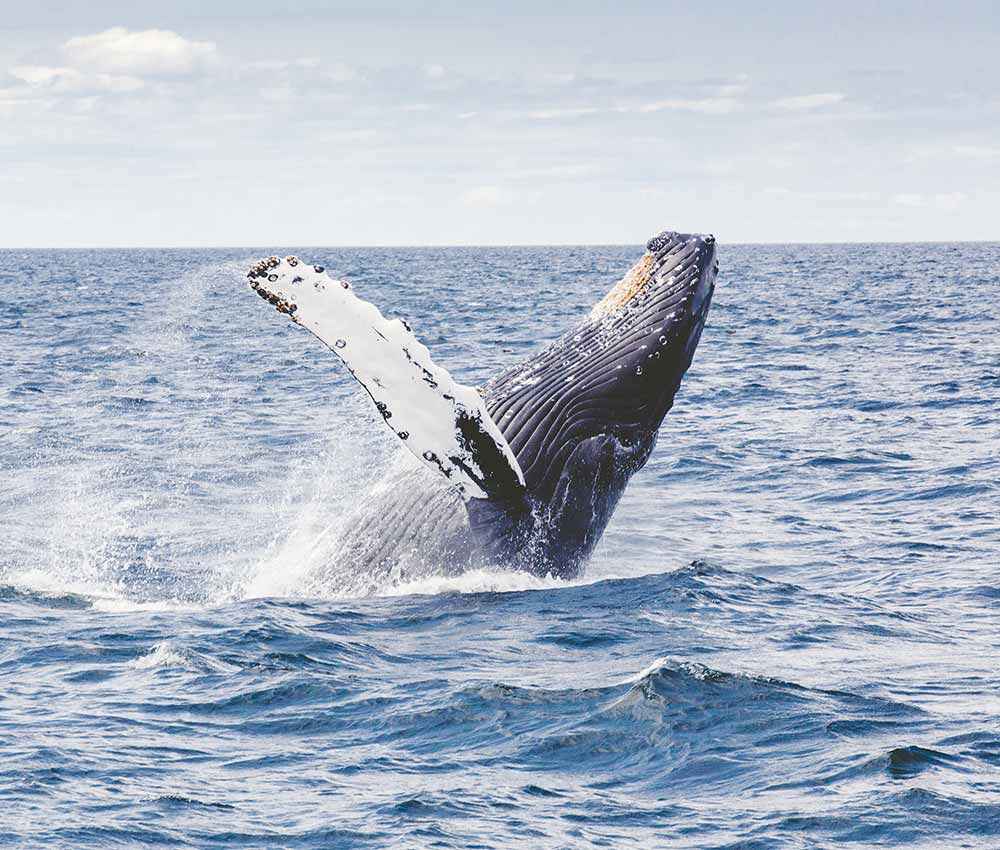
Corals themselves are creatures that are identified with ocean anemones. In any case, tropical reef-building corals have minuscule plant-like organic entities living in their tissue. Coral living beings, called polyps, can live all alone, yet are fundamentally connected with the marvelously assorted limestone networks, or reefs, they develop. The corals couldn't get by without these minuscule green growth called zooxanthellae. The coral gives the green growth a home. Consequently, the green growth furnish the coral with food. A bunch of limbs encompass a focal mouth opening.
These single-celled green growth photosynthesize and pass a portion of the food they make from the sun's energy to their hosts, and in return the coral creature offers supplements to the green growth. It is this relationship that permits corals to develop adequately quick to fabricate the gigantic constructions we call reefs. The zooxanthellae likewise give a large part of the shading that corals have.
Stony corals are the main reef developers, however organpipe corals, valuable red corals, and blue corals additionally have stony skeletons. There are additionally corals that utilization more adaptable materials or little hardened poles to assemble their skeletons—the seafans and ocean bars, the rubbery delicate corals, and the dark corals
How Did the Coral Reefs of the Maldives Form?

In the Maldives the reefs structure when corals fill in shallow water as bordering reefs near the more modest islands. The corals will keep on pushing upward and outward well after the volcanic island is totally lowered. After some time, a tidal pond structures between the corals and the sinking island and a house reef structures around the tidal pond. In the long run, the island is totally lowered and just the ring of corals remains. This is called an atoll. Waves may at last heap sand and coral flotsam and jetsam on top of the developing corals in the atoll, making a segment of land. The Maldives arrangement of islands in the Indian Ocean are atolls.
It requires some investment to grow a major coral state or a coral reef, on the grounds that every coral develops gradually. Through the cycle of a worldwide temperature alteration, chilly softening and island subsidence, the degree of ocean steadily rises and in light of the fact that reef-building coral can't develop at more prominent profundities with inadequate daylight, they will start building their defensive calcium carbonate skeletons on top of each other, at a rate sufficiently quick to stay aware of with the rising ocean level. The quickest corals extend at in excess of 6 inches (15 cm) each year, however most become not exactly an inch each year. Their development is additionally affected by the monsoonal flows that stream across the archipelago. The atolls go about as a boundary to these flows and cause flows to make upwelling, carrying supplement rich water to the surface, setting off efficiency sprout and taking care of craze. Reefs themselves become much more gradually on the grounds that after the corals kick the bucket, they break into more modest pieces and become compacted. Singular settlements can frequently live a long time to hundreds of years, and some remote ocean provinces have lived over 4000 years.
Why Diving in the Maldives is so Wonderful?
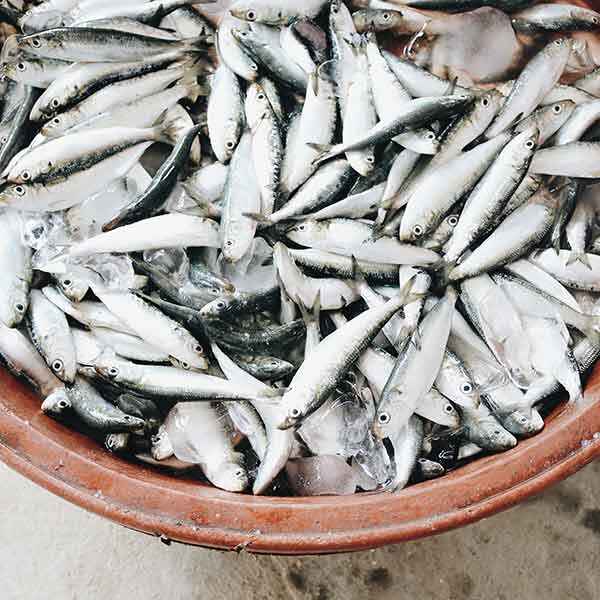
Two words: area and arrangement. A fish conglomerating gadget (FAD) is a man-made article used to pull in maritime pelagic fish. It draws in fish for various reasons that change by species. The Maldives archipelago is a monster gadget for the total of fish in the wilds of the Indian Ocean. Toward the south of Sri Lanka, there isn't anything else among Indonesia and Africa, around 7,000 kilometers. For what reason don't the fish stop here?
Ocean flows tear atoll reefs, streaming among them and making thin and wide channels. These are the territories of pelagics - huge sea fish - a genuine 'major game' for jumpers.
Inside the atolls there are faru and thila. They can fall strongly or slowly, have gives in, shades or passages. Every variety and specialty offers a permanent spot for a stunning variety of marine life, including fish and spineless creatures.
Created for Incredible Dives

Along the reef and on the seabed in the atoll perceivability can arrive at seventy meters, offering ideal conditions for spotting what skims around you that day. Approaching tides are more clear, while active flows frequently convey some residue and occasional microscopic fish, which diminishes perceivability. Obviously, you need tiny fish on the off chance that you need to see goliath whale sharks and manta beams.
The external reef slants of the islands follow a somewhat comparative example, which is straightforwardly identified with different antiquated ocean levels. Generally speaking, there are patios at profundities from three to six meters, from fifteen to thirty meters and more profound at 50 meters. At that point the incline sinks to the lower part of the sea, and within the atolls sinks at around fifty meters.
The pattern of coral development brought about by disintegration and countless arrangements left a different and noteworthy reef engineering. Between the patios are gulches, caverns, overhangs, through ways and vertical dividers, every one of which itself has its own scaled down environment. The more slow you go, and the more you maintain eye contact with you, the more you will discover. The submerged universe of the Maldives has almost 200 types of hard corals and more than 1,000 types of fish, 400 types of mollusks, 350 types of marine shellfish ... etc.
Concerning biodiversity, this is a climate equivalent to virgin rainforests.





